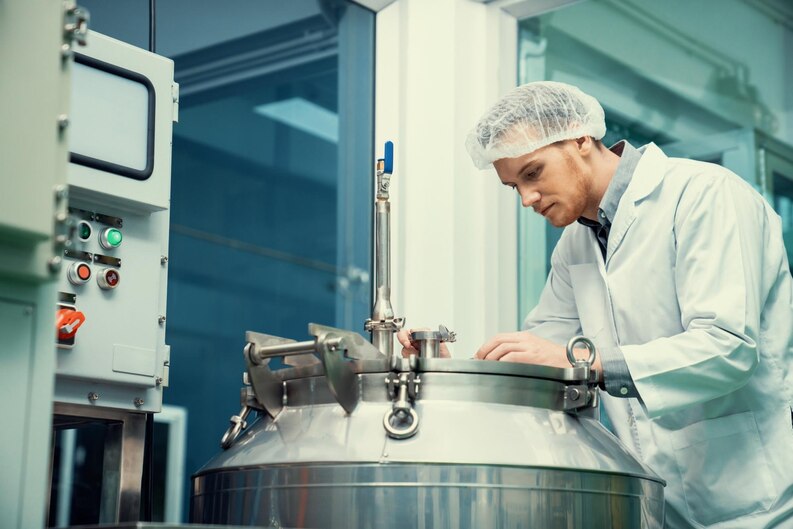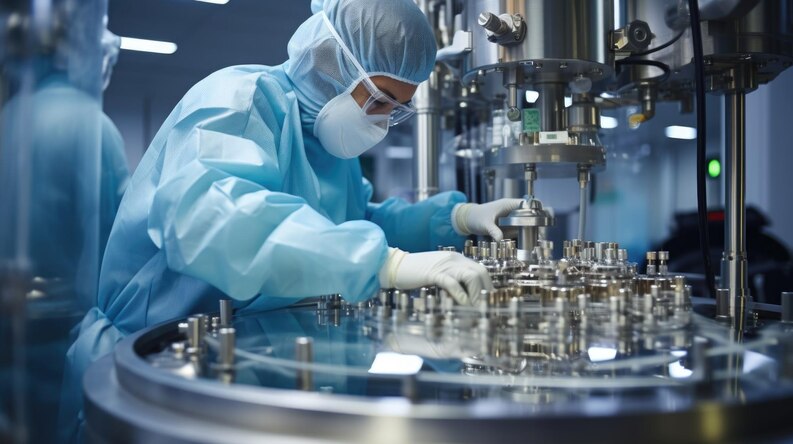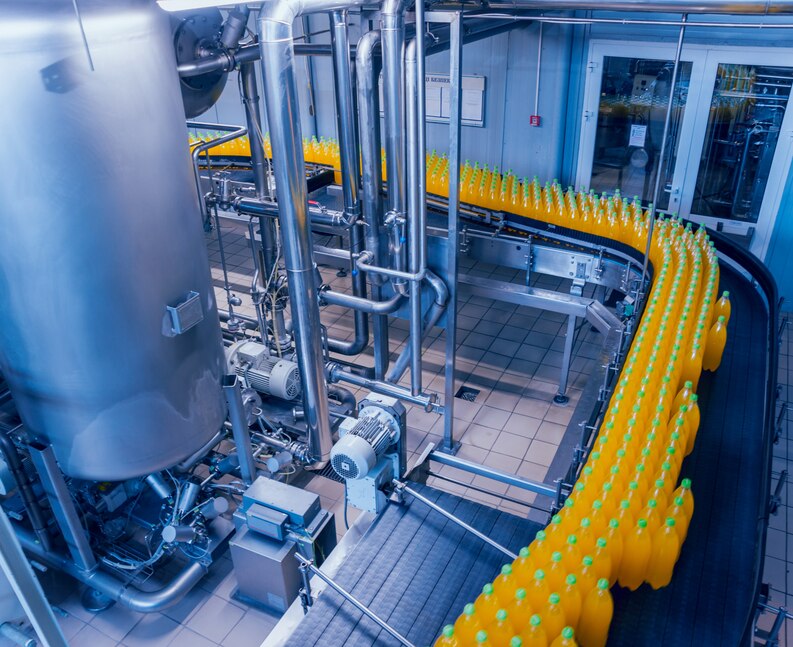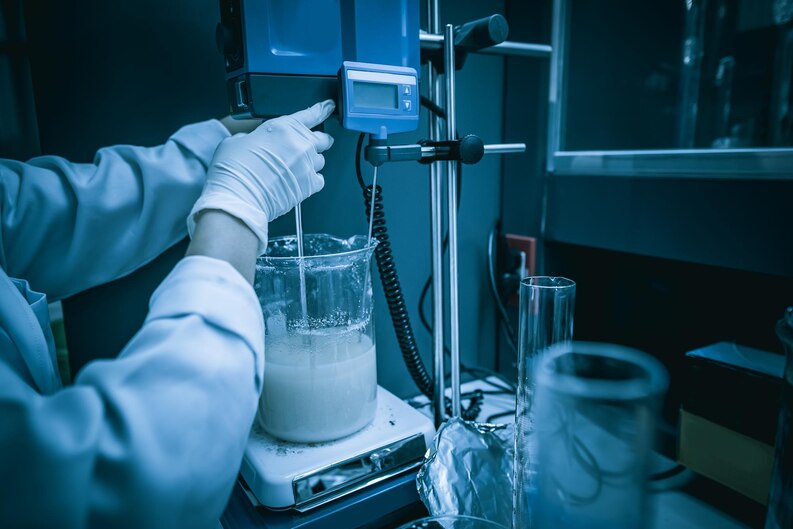The journey of milk from udder to table involves crucial post-processing steps that determine product quality, safety, and shelf life. Recent advancements in post-processing technology have revolutionized the dairy industry, enabling producers to optimize efficiency, enhance product innovation, and meet evolving consumer demands. In this blog post, we explore the transformative impact of post-processing technology on the dairy industry and its role in driving future growth.
Pasteurization and UHT Treatment: Pasteurization and Ultra-High Temperature (UHT) treatment are fundamental processes in dairy post-processing, ensuring safety and extending shelf life without compromising nutritional quality.





Post-processing Dairy Production technology plays a pivotal role in transforming raw milk into high-quality dairy products that meet consumer preferences for safety, convenience, and nutrition. From pasteurization and homogenization to membrane filtration and spray drying, each step contributes to product innovation, shelf stability, and market competitiveness. By harnessing the power of post-processing technology, the dairy industry can continue to evolve, thrive, and meet the dynamic needs of consumers worldwide.

10.00 am – 06.00 pm
10.00 am – 06.00 pm
10.00 am – 06.00 pm

Copyright © 2022 Food & Drink Processing Expo. All Rights Reserved